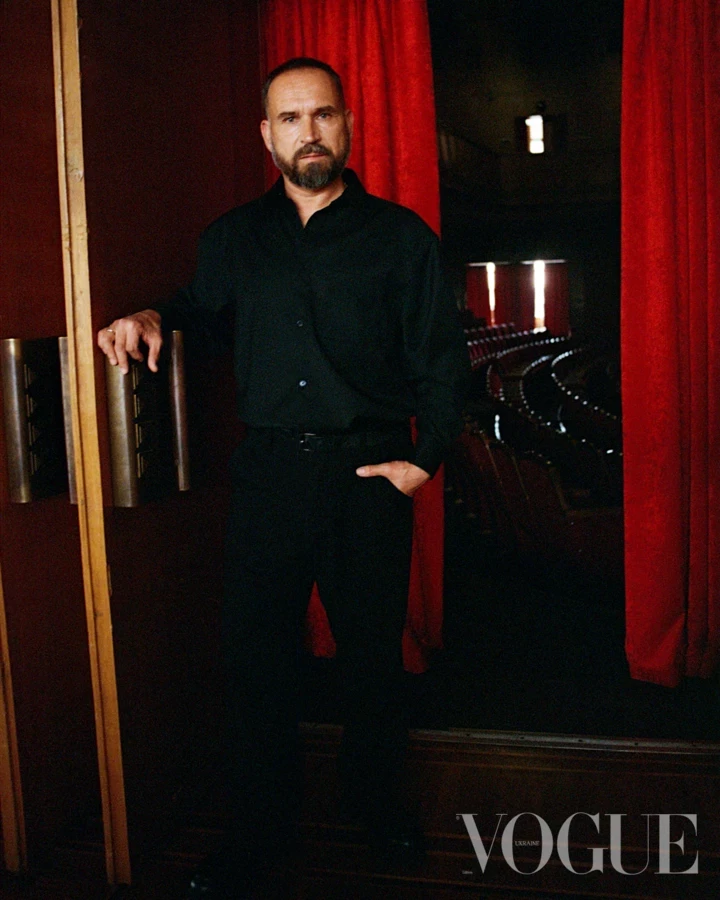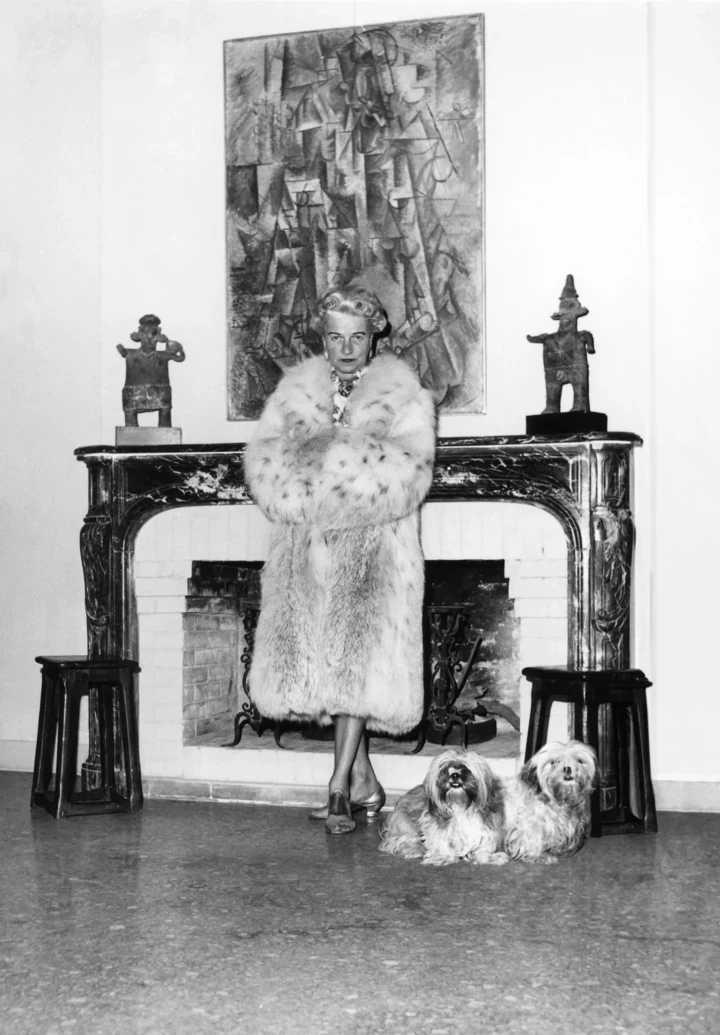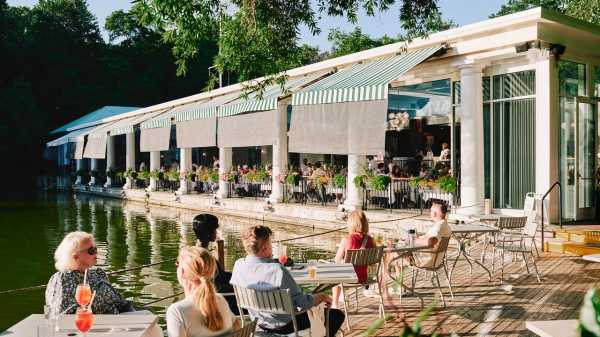
Save this storySave this storySave this storySave this storyYou’re reading the Food Scene newsletter, Helen Rosner’s guide to what, where, and how to eat. Sign up to receive it in your in-box.
I suppose there must have been a time when the Central Park Boathouse, a stately construction facing southwest across a spindle of the park’s serpentine lake, felt like a novel and forward-looking addition to the city’s attractions. But it has long been a place of nostalgia, a Big Apple archetype whose soft-focus mythology seems impossible to separate from its extant bones. It’s no accident, I suspect, that the boathouse is famous as one of the locations in “When Harry Met Sally,” Nora Ephron’s 1989 masterpiece about self-protective emotional illusions and the cinematic perfection of New York. (Maybe those are, in some sense, the exact same thing?) As a building and as a restaurant, it evokes both the Victorian era, when an original boathouse was built on the site, and the nineteen-eighties (itself a decade fascinated by Victorianism), when the restaurant first opened. When you’re lunching at a table at the edge of the terrace, gazing into a precise, Olmsted-constructed vista—the dark viridescence of the lake, the wildness of the Ramble, the far-off stateliness of Bethesda Fountain—the city all but disappears, except for the tops of distant buildings poking up like lace around the periphery of the treeline.
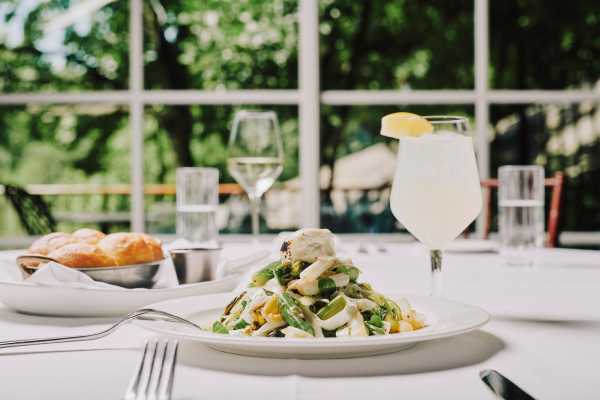
The new menu embraces the dreamy, Upper West Side-y, tweed-and-loafers Nora Ephron of it all; it’s evocative of a Reagan-era (but Dukakis-voting) luncheon party.
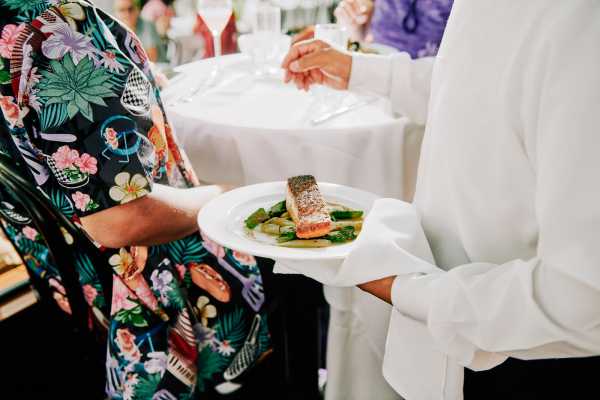
The kitchen is now run by Adam Fiscus, with consulting from the renowned seafood chef David Pasternack.
After more than a year of closure, the Boathouse restaurant reopened this spring, under Legends Hospitality, a massive operations company that also oversees concessions at the One World Observatory, the Circle Line, and Yankee Stadium—not to mention numerous facilities outside of New York, including the Indianapolis Motor Speedway, the L.A. Coliseum, and Spain’s Santiago Bernabéu stadium, home to Real Madrid. (The company was founded in part by the owners of the Yankees and the Dallas Cowboys and is now, naturally, primarily owned by a venture-capital firm.) I would be inclined to sniff at this new partnership—a jewel of New York City farmed out to some corporate machinery optimized to separate tourists from their dollars—except that this has always, more or less, been the Boathouse’s M.O. In the restaurant’s forty-ish years of operation, it’s been run by various concession holders who knew how to keep the tablecloths white and the iced-tea glasses filled. The most recent before Legends—Dean Poll, the owner of Gallaghers Steakhouse—upgraded the food and updated the sliding glass walls, which close off the dining area in times of inclement weather. But he shut down the restaurant early in the pandemic, reopened it in 2021, and then closed it down again the next year, calling it “a very difficult place to operate,” owing to labor costs and other issues. (Legends Hospitality has hired back a considerable portion of the previously laid-off staff.)
As at all restaurants with spectacular views, the food at the Boathouse is hardly the draw; neither is the service. We come here to slip into a New York fantasy in precisely the way the metal rowboats, docked just to the side of the restaurant’s terrace, glide at a push into the artichoke-green water of the lake. The Boathouse is a beautiful place to eat lunch, especially in fine weather, especially at the easy pace of people with no pressing work to get back to. (Are they rich, or are they tourists?) The meal itself, to be honest, is considerably more satisfying than a pricey tourist-bait canteen has any right to be. The kitchen is now run by the chef Adam Fiscus, with consulting from David Pasternack, a renowned seafood chef who did brilliant things at the late, much-beloved midtown Italian restaurant Esca. They seem to be embracing all the dreamy, Upper West Side-y, tweed-and-loafers Nora Ephron of it all, with a menu evocative of a Reagan-era (but Dukakis-voting) luncheon party. There are stuffed mushrooms with Ritz-cracker crumbs and Gruyère, oysters Rockefeller, chicken-liver pâté served with craggy slices of toast. The spring menu included a shaved-asparagus salad topped with a très “Silver Palate” medallion of warmed goat cheese, and swordfish (my God, remember swordfish?). Russian dressing, zippy and coral-pink, is drizzled on romaine with freshly grated horseradish, and reappears in a ramekin as a dipping sauce for golden fries. Every meal starts with a relish tray, pleasantly retro if rather anemic: a few leaves of endive, a couple of black olives, melba toast, a little puddle of dip.
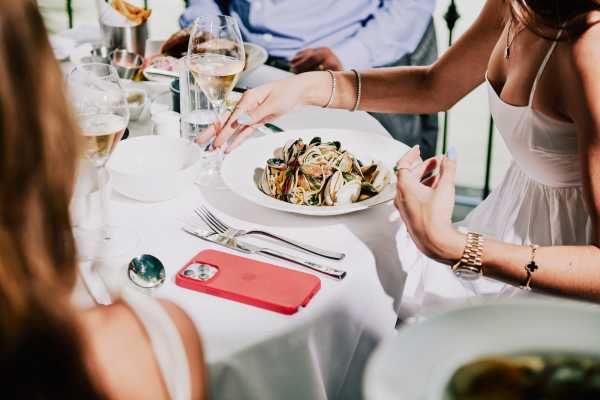
Lunch proceeds at the easy pace of people with no pressing work to get back to. (Are they rich, or are they tourists?)
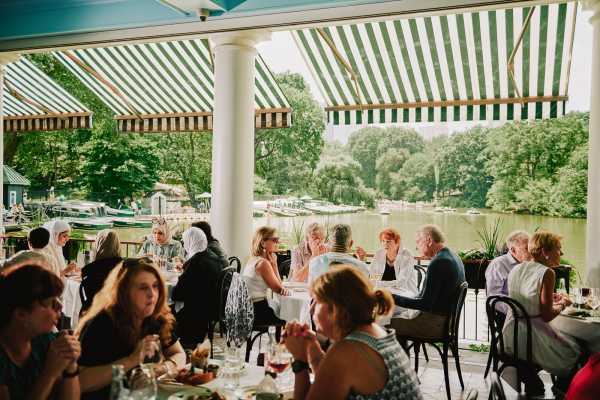
There are no bad tables at the Boathouse, but those set against the terrace rail, in the shadow of the green-and-white striped awnings, are obviously the best.
Pasternack’s influence is apparent in the menu’s way with seafoods and pastas. A salmon-crudo appetizer is bright and sweet with Meyer lemon. A spaghetti with lobster, perfectly cooked and with a tomato sauce just a little bit aflame with chili, would be a standout even in a dining room with no view to speak of. Everything is executed with precision, if not always grace: the fish in a salmon entrée is cooked to a perfect, tender medium-rare but comes on top of a blobby, listless pile of white and green asparagus. An appetizer of chilled crab and avocado, modishly garnished with supremes of pink grapefruit, is, for some reason, served packed tight as a half-pint of gelato into a silver bowl, and loses all of its delicate notes against the overwhelming astringency of diced red bell pepper. (A better bet are the seared crab cakes, in which the pepper harmonizes rather than bazookas.)
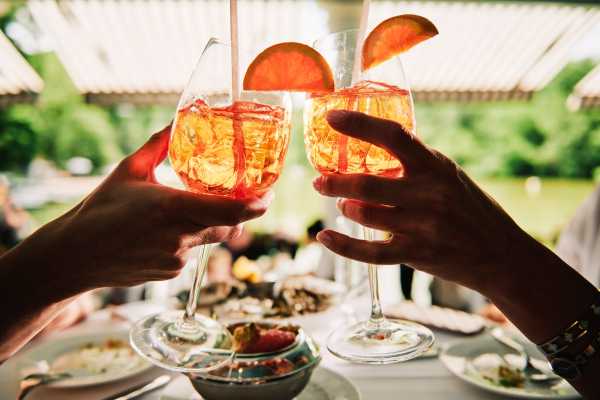
When you’re lunching overlooking the Boathouse’s precise, Olmsted-constructed vista, the city all but disappears.
Helen, Help Me!
E-mail your questions about dining, eating, and anything food-related, and Helen may respond in a future newsletter.
There are no bad tables at the Boathouse, but those set against the terrace rail, in the fluttering shadow of the green-and-white striped awnings, are obviously the best. (If you aren’t offered a table to your liking, I’d just cut and run—pick up a tidy chicken salad and a nice fried-cod sandwich from the Boathouse’s walk-up café, just next door, instead.) Any lulls in conversation can be filled by gazing out at the tranquillity of the lake and observing its genteelly gambolling wildlife: enormous carp gliding along just beneath the surface, turtles paddling whimsically with their noses in the air, other turtles sunning themselves on a rocky slope leading up to the Ramble, double-crested cormorants diving into the water, sunburnt humans in rowboats trying to juggle oars and iPhones. The dessert menu is just as backward-looking (or, more generously, classic-minded) as the savory offerings: cheesecake with a swash of berry sauce, dark chocolate pot de crème. Your server might suggest you pair your final course with a brandy Alexander, a fussy drink that hasn’t been popular for a century and has arguably never, ever been cool. It is, shockingly, exactly right with a melty bite of chocolate lava cake. The breeze off the lake ruffles your napkin. You may be surrounded by tourists, but at least you’re also surrounded by New York. ♦
Sourse: newyorker.com


